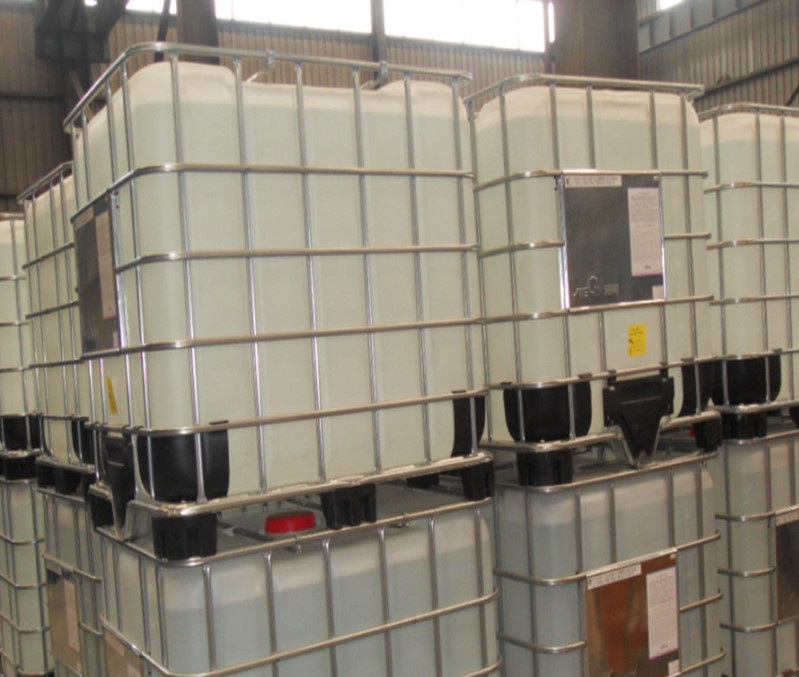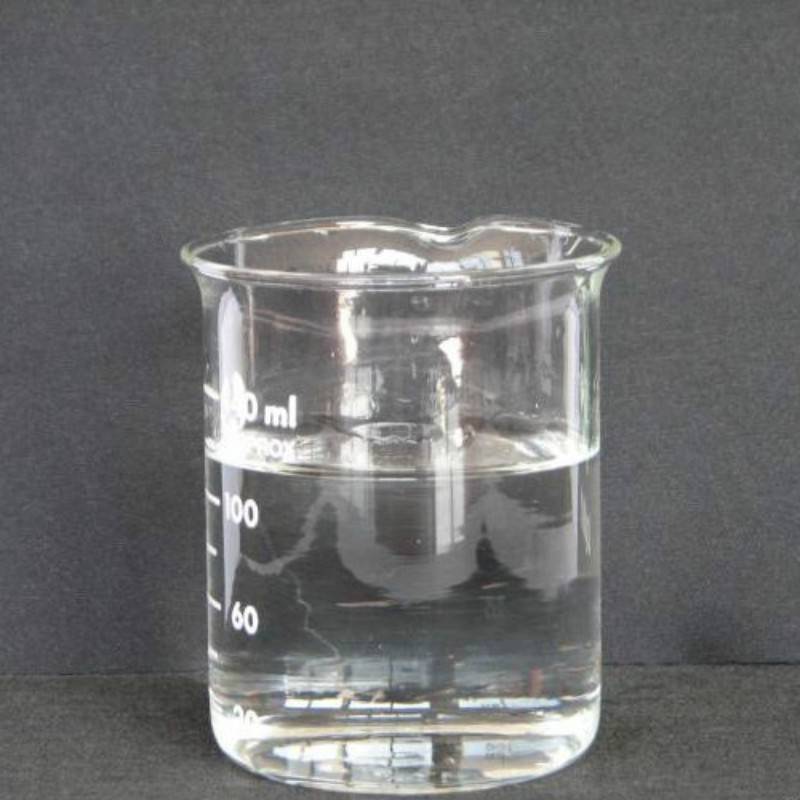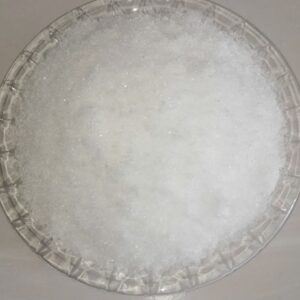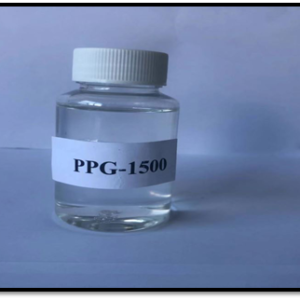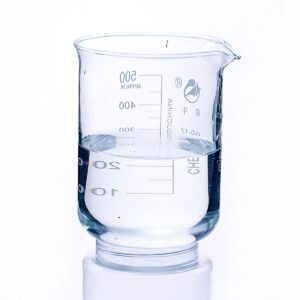Description
Chemical Identity and Description
-
Chemical Name: Ethylene Glycol Monovinyl Ether
-
Synonyms: 2-Vinyloxyethanol, Vinyl Cellosolve
-
Chemical Formula: C4H8O2
-
Molecular Weight: 88.11 g/mol
-
CAS Number: 764-48-7
-
Purity: ≥ 97%
This molecule consists of a vinyl group (–CH=CH2) attached to an ethylene glycol unit, enabling dual functionality in both chemical reactivity and solubility.
Technical Specifications
| Property | Specification |
|---|---|
| Appearance | Clear, colorless liquid |
| Purity | ≥ 97% |
| Boiling Point | 158–160 °C |
| Density (20°C) | ~1.01 g/cm³ |
| Flash Point (Closed Cup) | ~75 °C |
| Refractive Index (n20/D) | 1.428 – 1.431 |
| Solubility | Miscible with water and most organic solvents |
| Storage Conditions | Store in a dry, cool, well-ventilated area; protect from light and air |
Applications of 2-Vinyloxyethanol
🔬 Polymer and Copolymer Synthesis
2-Vinyloxyethanol is commonly used in radical polymerization and copolymerization with monomers like acrylic acid, maleic anhydride, and styrene. This produces hydrophilic polymers ideal for medical gels, adhesives, water-based paints, and controlled-release systems.
🏭 UV-Curable and Specialty Resins
The vinyl ether group provides fast reactivity under UV or electron beam (EB) curing, making it ideal for inks, coatings, and photoresists in microelectronics and 3D printing.
💡 Solvent for Specialty Chemicals
Its excellent solvency and reactivity profile allow its use as a solvent or coupling agent in dye formulations, surfactants, and functional coatings, especially where hydrophilic-lipophilic balance is required.
🌱 Biocompatible and Biomedical Applications
Because of its ethylene glycol segment, it contributes to non-toxic, biodegradable polymers, especially useful in bioadhesives, tissue engineering, and drug delivery materials.
Handling and Safety
-
Hazards: May cause skin and eye irritation. Avoid inhalation and prolonged exposure.
-
PPE Required: Gloves, goggles, and appropriate protective clothing
-
Storage Notes: Store in tightly sealed containers under inert atmosphere (nitrogen or argon) to prevent polymerization and oxidation.
Conclusion
Ethylene Glycol Monovinyl Ether (2-Vinyloxyethanol, 97%) is a highly versatile and reactive monomer with broad utility in advanced polymers, specialty coatings, and bio-compatible systems. Its dual-functional structure offers unmatched flexibility for formulators working in coatings, adhesives, UV-curable resins, and biomedical materials. With its high purity and excellent solubility, it remains a go-to material for innovators in specialty chemical manufacturing.


